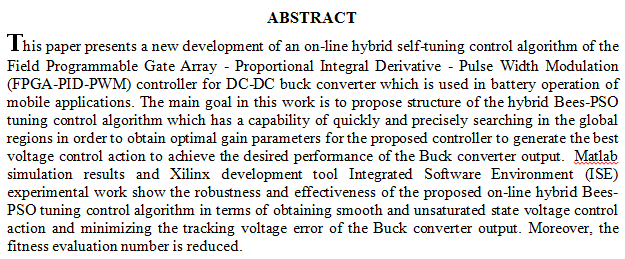
In this paper fractional Maxwell fluid equation has been solved. The solution is in the Mettag-Leffler form. For the corresponding solutions for ordinary Maxwell fluid are obtained as limiting case of general solutions. Finally, the effects of different parameters on the velocity and shear stress profile are analyzed through plotting the velocity and shear stress profile.
Background: acrylic resin denture base consider a common denture base material for its acceptable cost, aesthetic and easy processing but still has disadvantages including easy of fracture and low impact strength. Material and method: The experimental group was prepared by addition of 15% phosphoric acid 2-hydroxyethyl methacrylate ester (PA2HEME) with polymethyl methacrylate monomer; the experimental groups was compared with the control one. The specimens were prepared according to ADA specification No. 12 with dimension 65 mm x 10 mm x2.5 mm (length x width x thickness respectively). The prepared specimens were tested by three-point flexural strength utilizing Instron Universal Testing Machine (WDW, Layree Technology Co.), Shore D hard
... Show MoreAbstract
The study aimed to identify the expansion in granting credit to Iraqi banking institutions and its impact on the financial position of Iraqi banks in terms of revenues, profits, expenses and property rights in banks, as the expansion in granting bank credit will correspond to an increase or decrease in some items of the balance sheet and the financial position of banks, so the problem of the current study It will be determined through whether the expansion of granting bank credit will affect the financial position of Iraqi banks or not by studying the selected research community of the 10 Iraqi banks listed in the Iraq Stock Exchange, The research sample included the u
... Show More (1)
(1)
Aim: To evaluate the effect of two bonding systems and two curing systems on sealing ability of class V composite restorative materials. Materials and methods: This study was performed in vitro on 40 caries free upper first premolar teeth. The Standardized class V cavity preparation on buccal and lin- gual surfaces of each tooth was done. Then the teeth were randomly divided into two major groups each of twenty. 40 cavities were performed on these teeth and the first group7th generation bonding agent (i Bond) were applied according to the manufacturer instructions and single increment of univer- sal composite (XRV Herculite) from kerr were applied and twenty of the cavities were cured with con- ventional light cure device (astralis-5) and t
... Show MoreIn this paper, we used two monomers, 3,3',4,4'-benzophenone tetracarboxylic dianhydride (BTDA) and m,m'-diaminobenzophenone (m, m’-DABP), to produce polyamide acid and then converted it to polyimide (PI). The effects of phosphoric acid (H3PO4) molarity (1, 2, and 3 M) on the structural, thermal, mechanical, and electrical characteristics of the polyimides/polyaniline (PI/PANI) nanocomposites were studied. Two sharp reflection peaks were developed by the addition of PANI to PI. When 3 M H3PO4 is added, the crystalline sharp peak loses some of its intensity. The complex formation of PI/PANI-H3PO4 was confi
... Show More (18)
(18)
 (16)
(16)
Incremental sheet metal forming process is an advanced flexible manufacturing process to produce various 3D products without using dedicated tool as in conventional metal forming. There are a lot of process parameters that have effect on this process, studying the effect of some parameters on the strain distributions of the product over the length of deformation is the aim of this study.
In order to achieve this goal, three factors (tool forming shape, feed rate and incremental step size) are examined depending on three levels on the strain distributions over the wall of the product. Strain measurement was accomplished by using image processing technique using MATALB program. The significance of the control factors are explored u
... Show More (9)
(9)
 (9)
(9)
 (8)
(8)
 (2)
(2)
 (33)
(33)
 (34)
(34)
